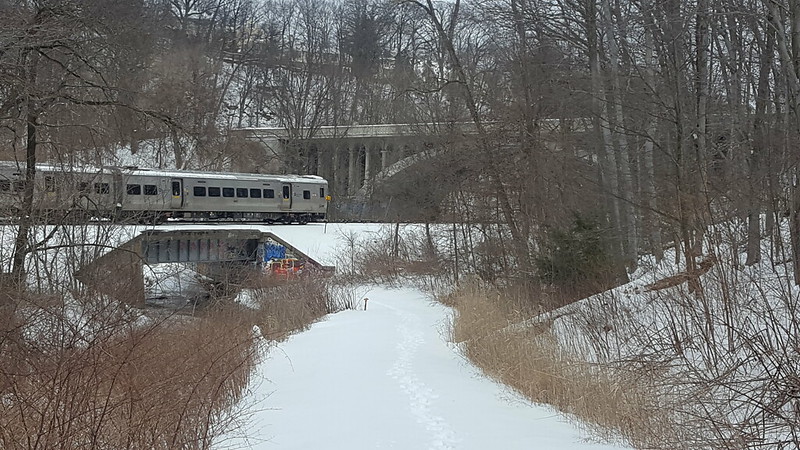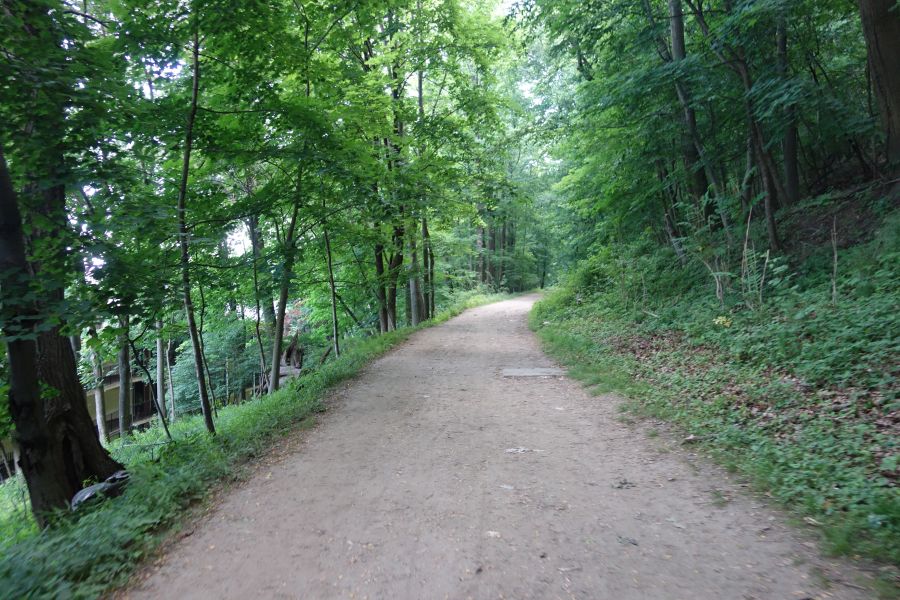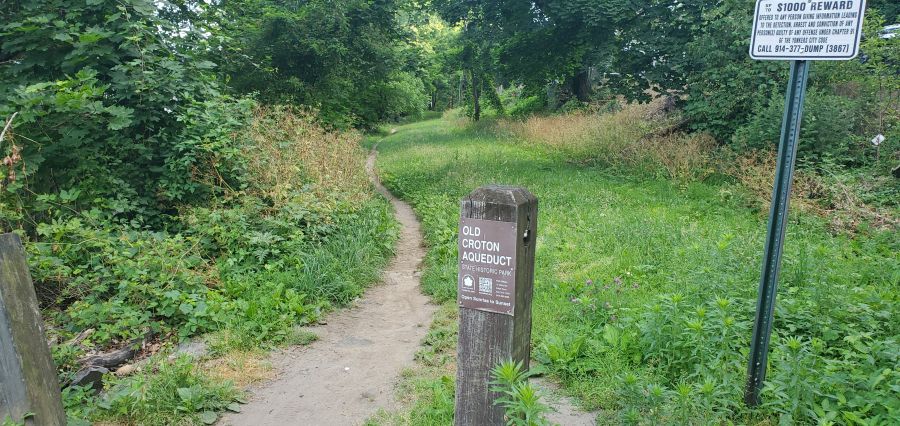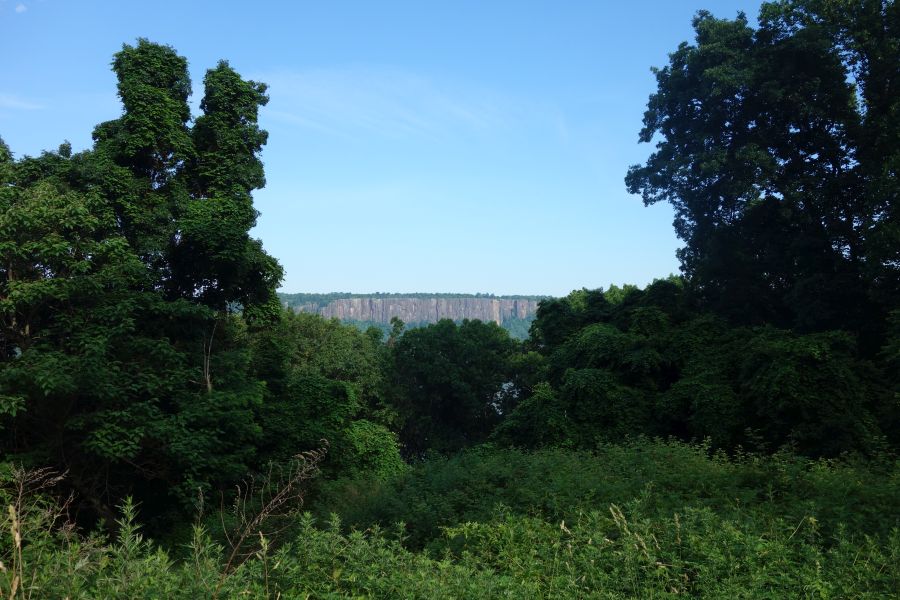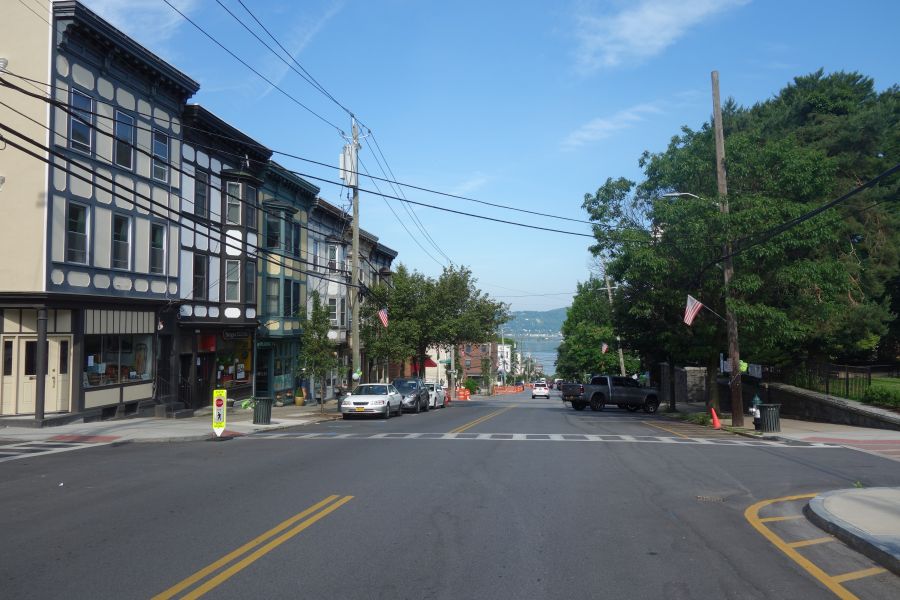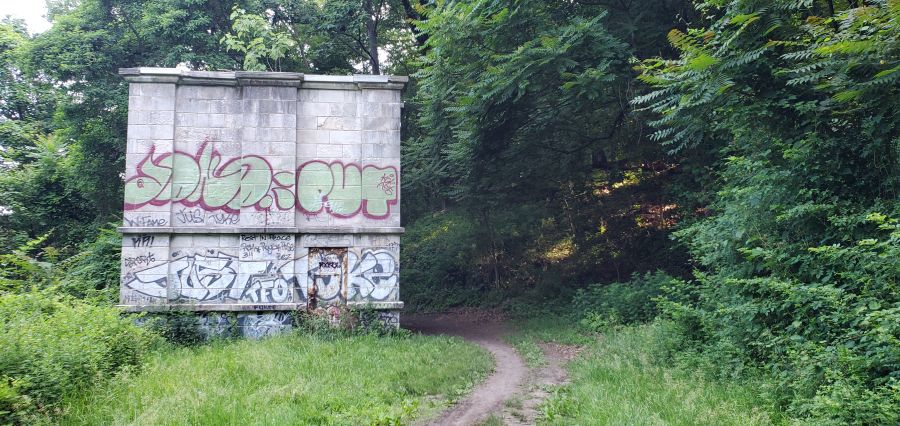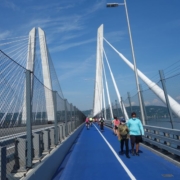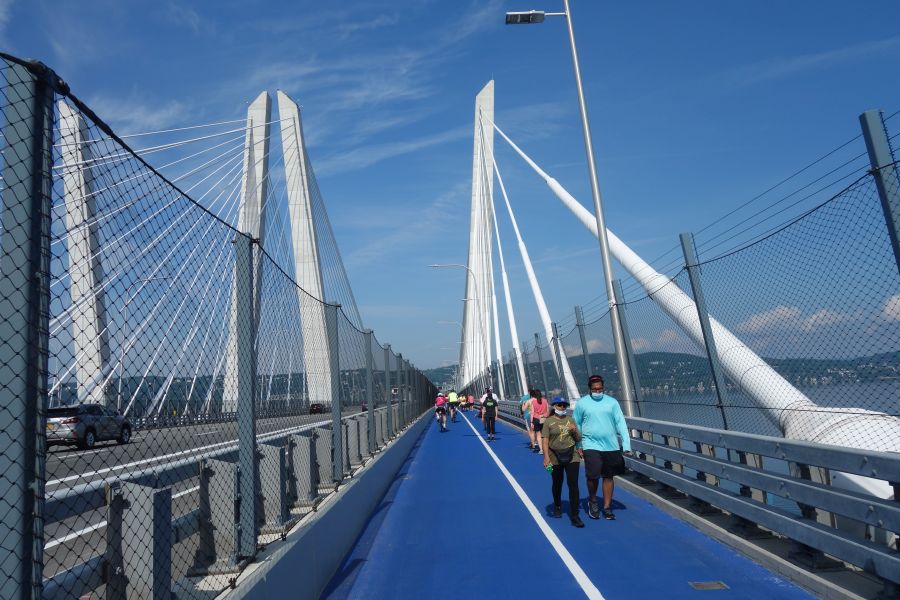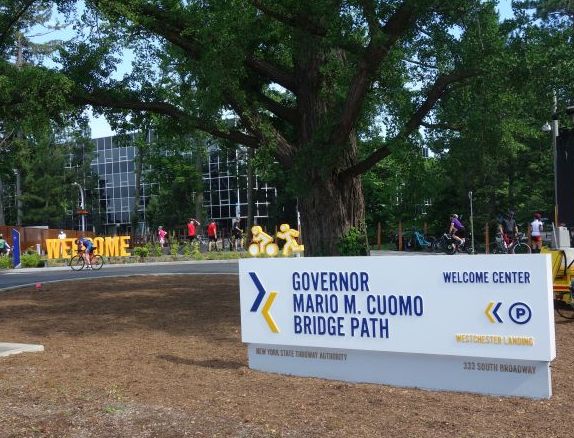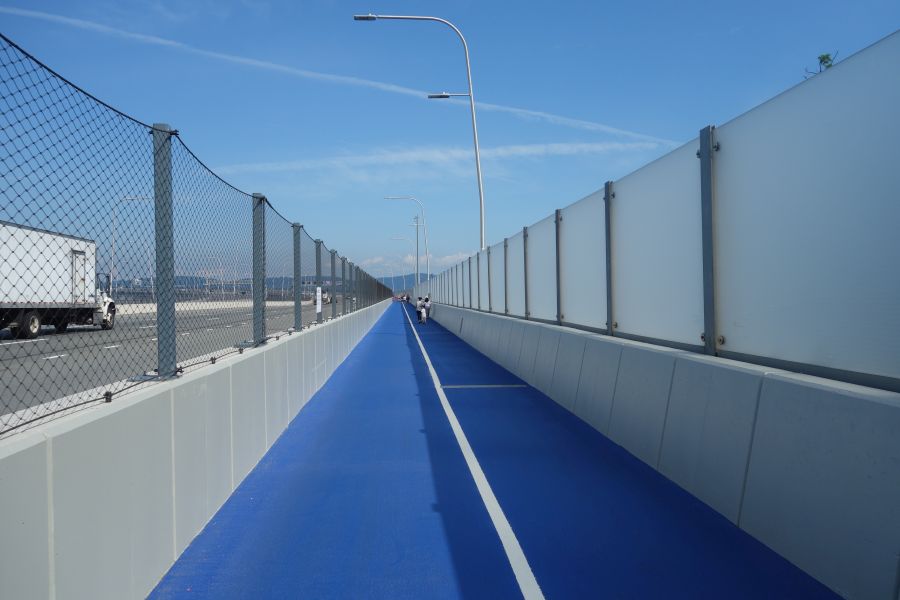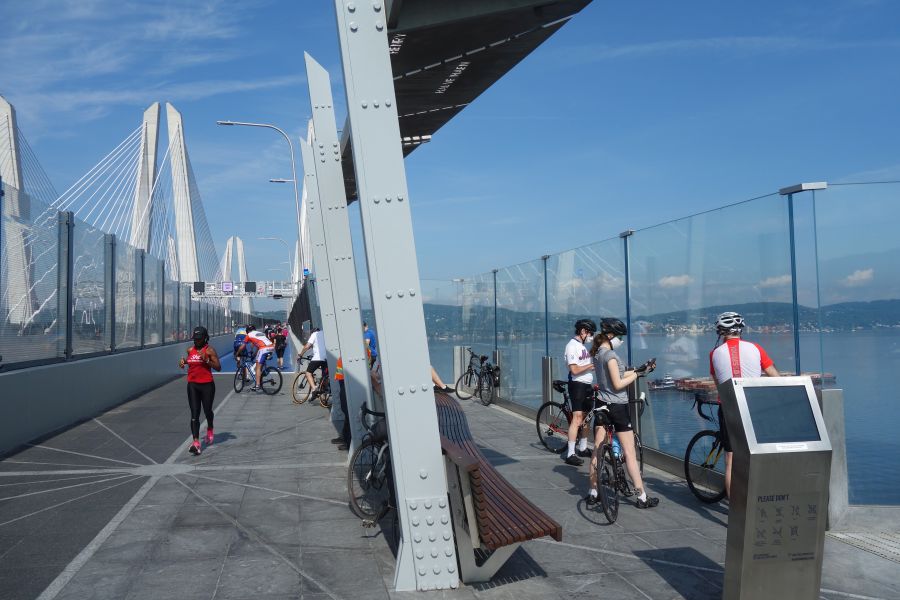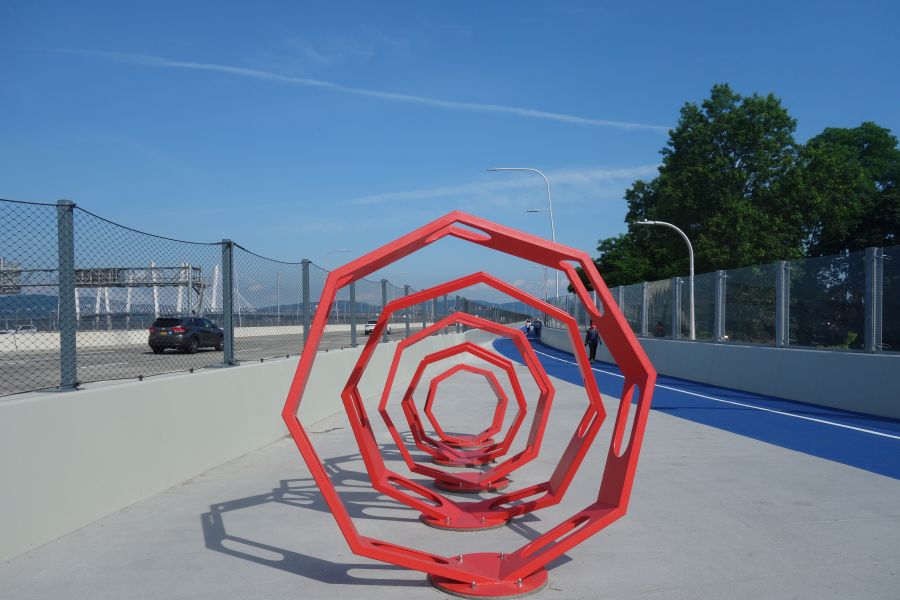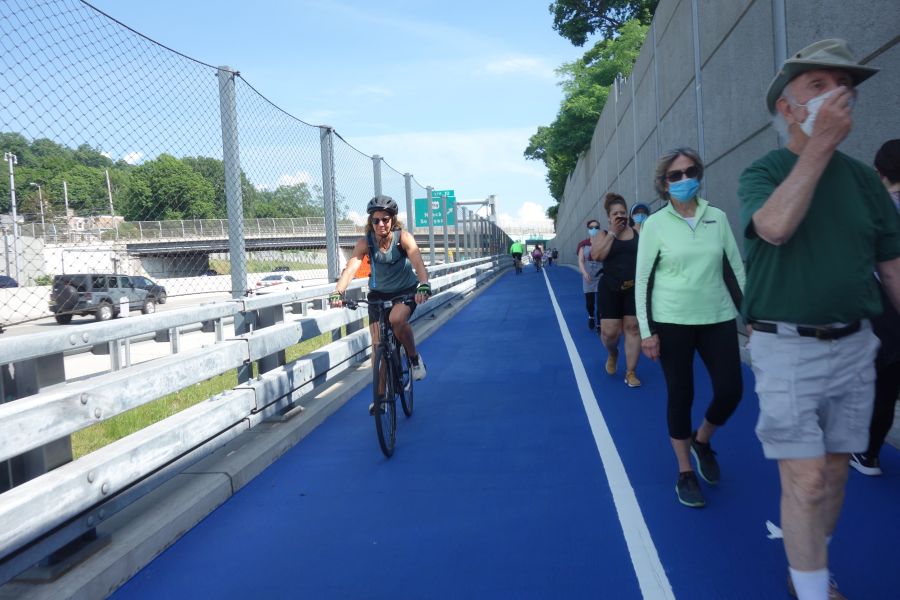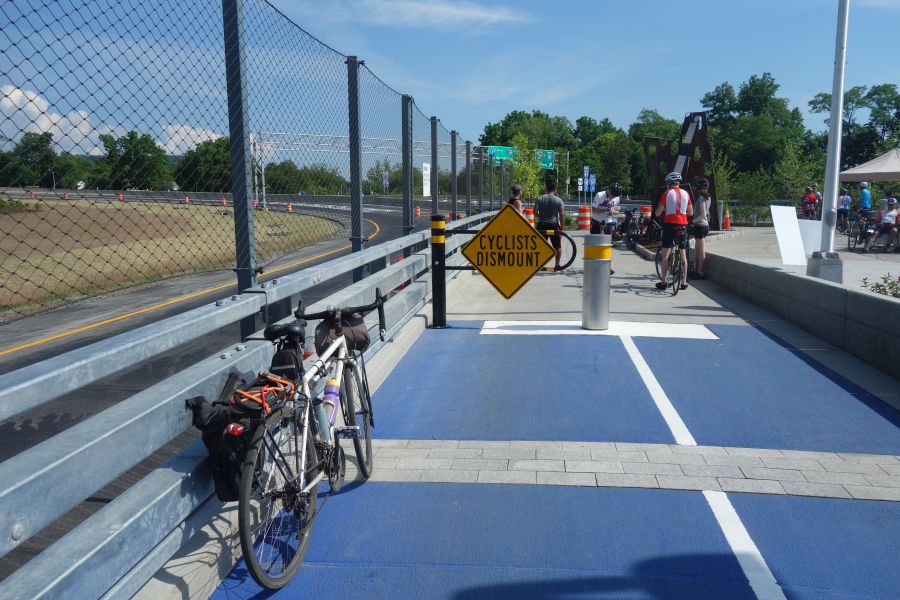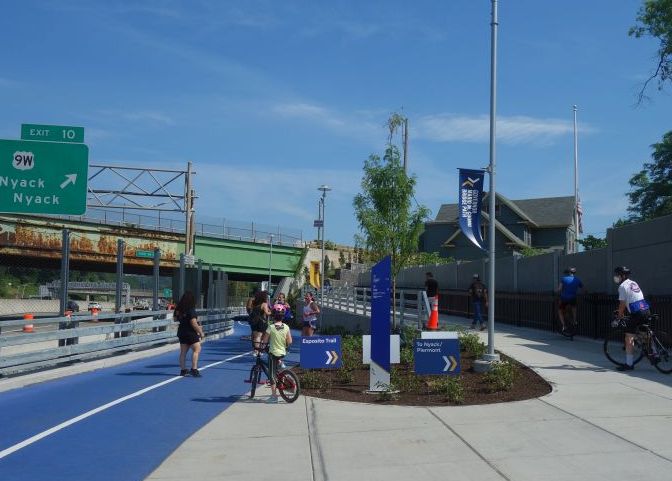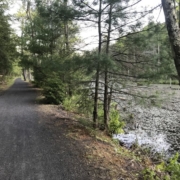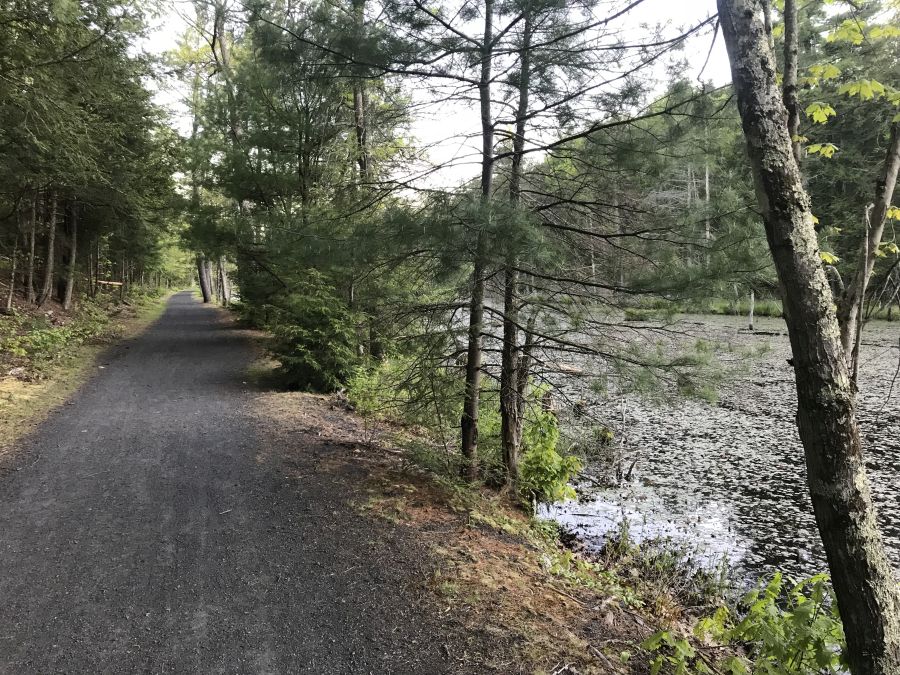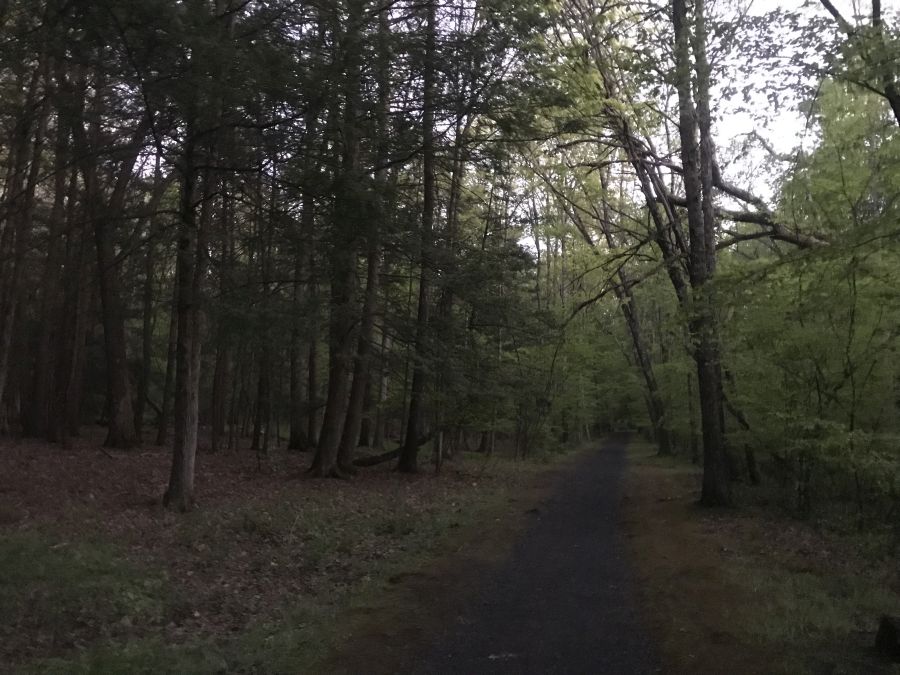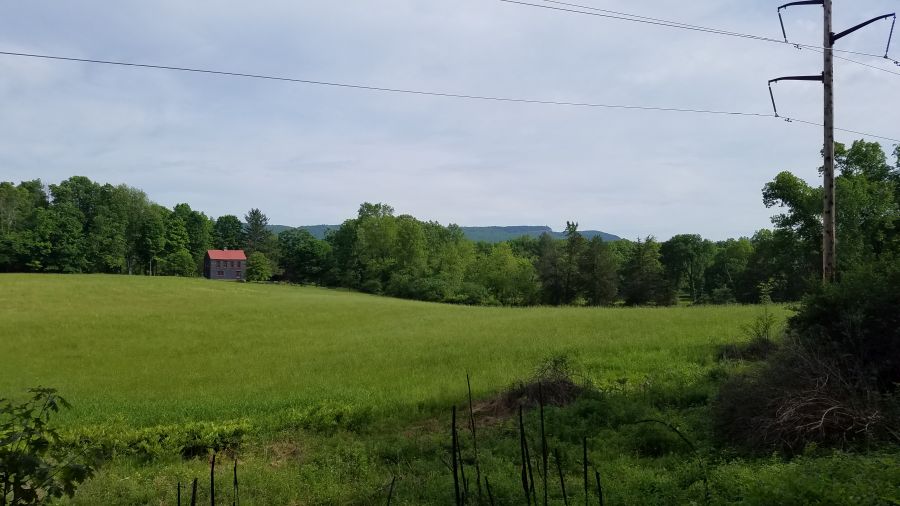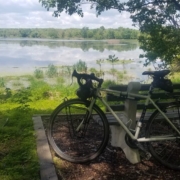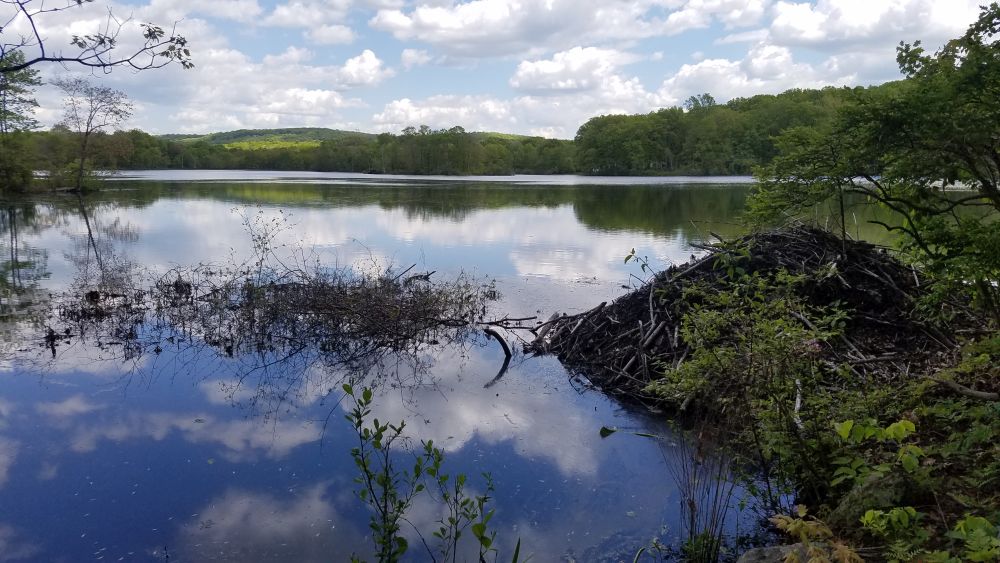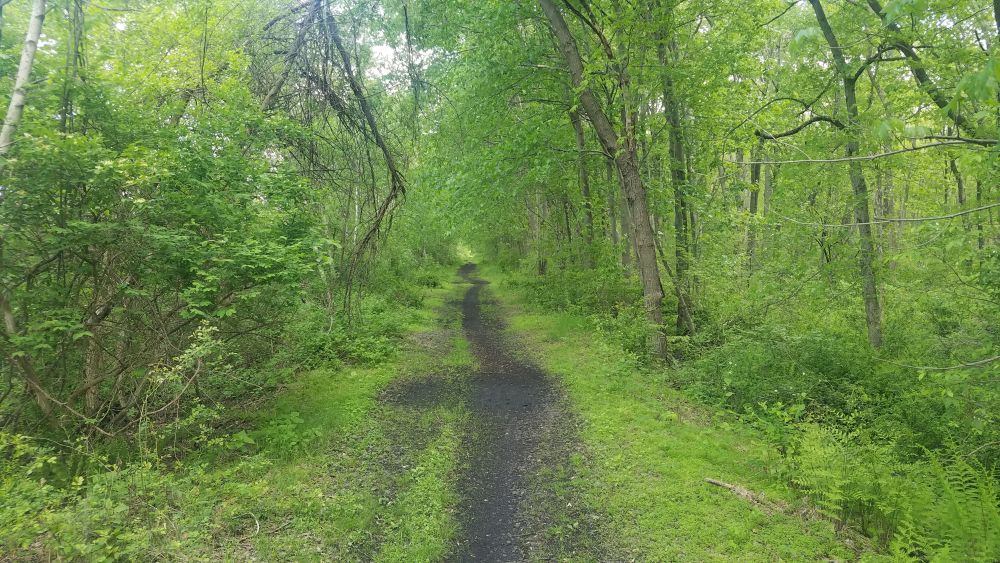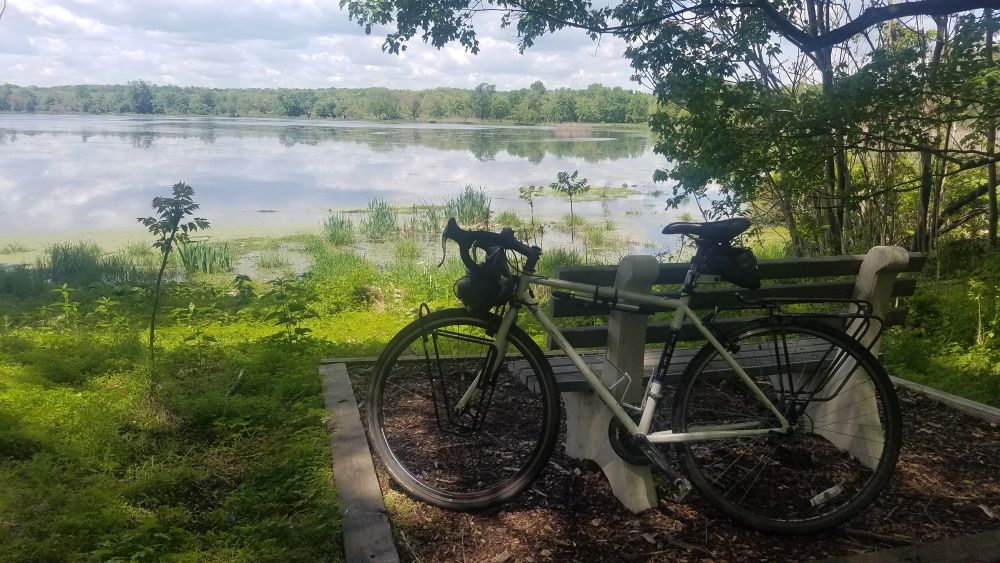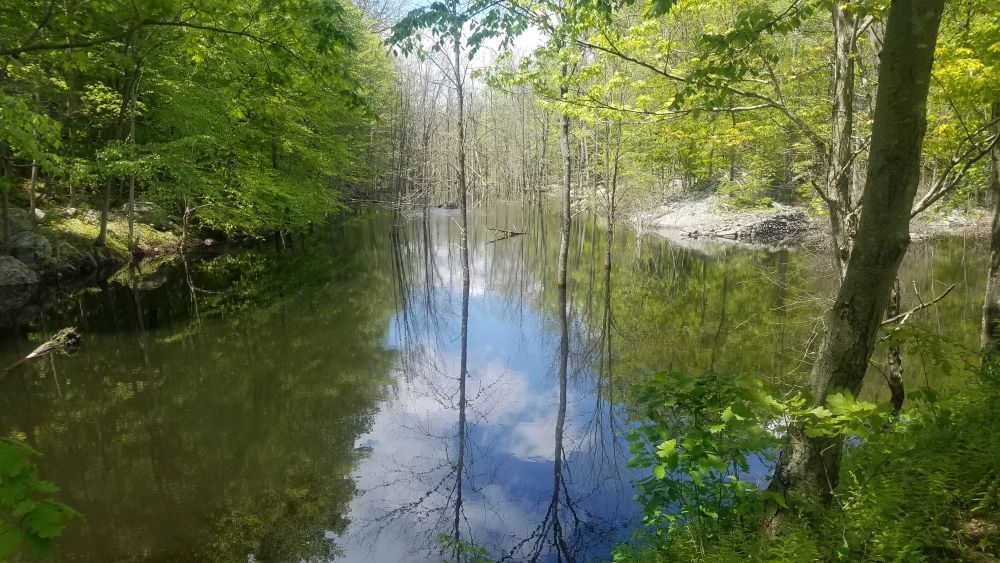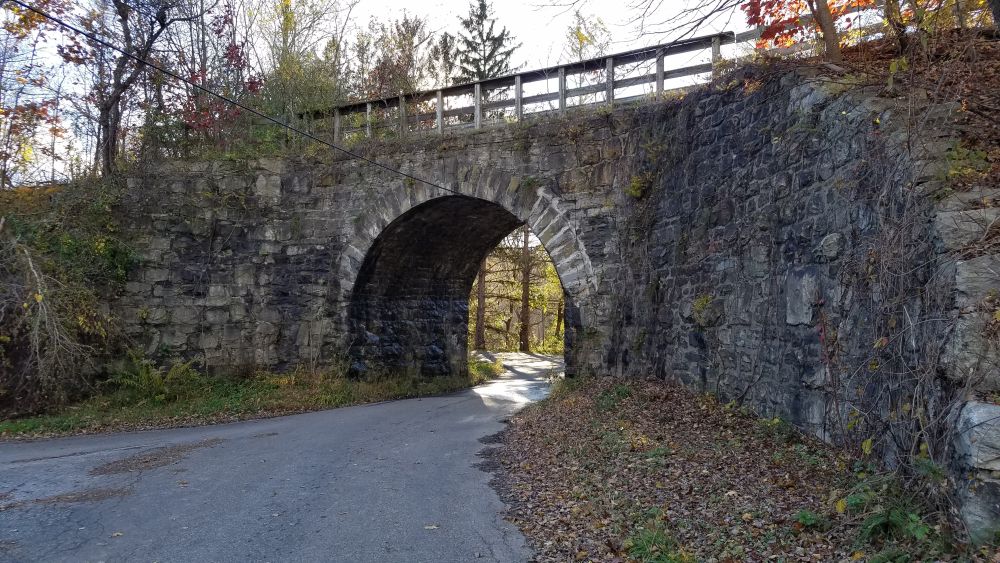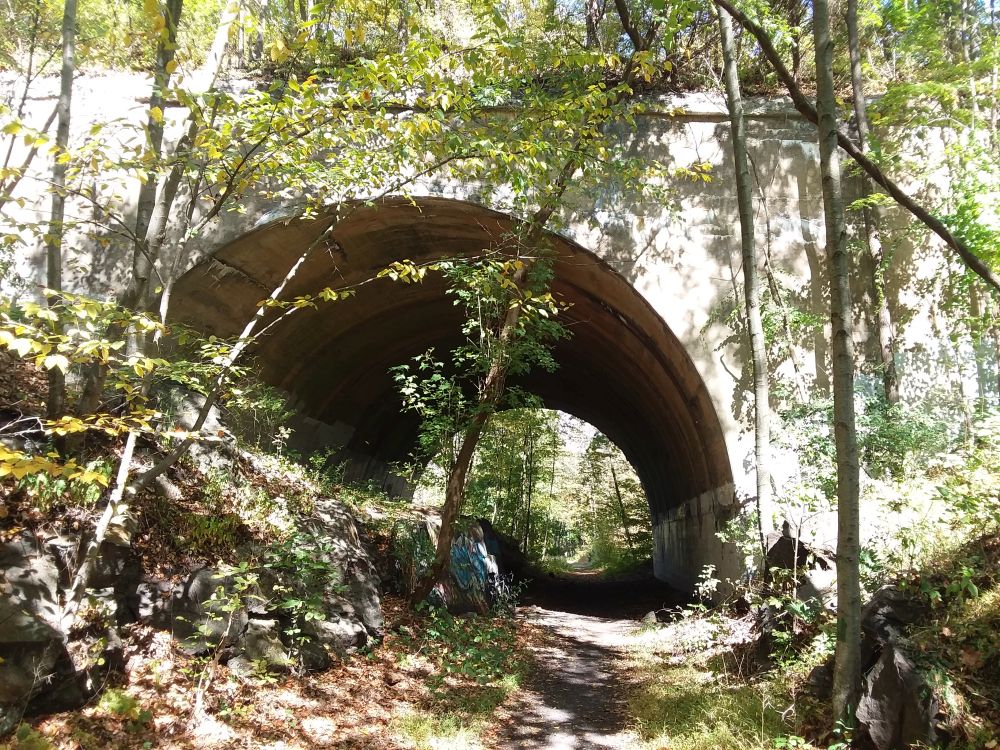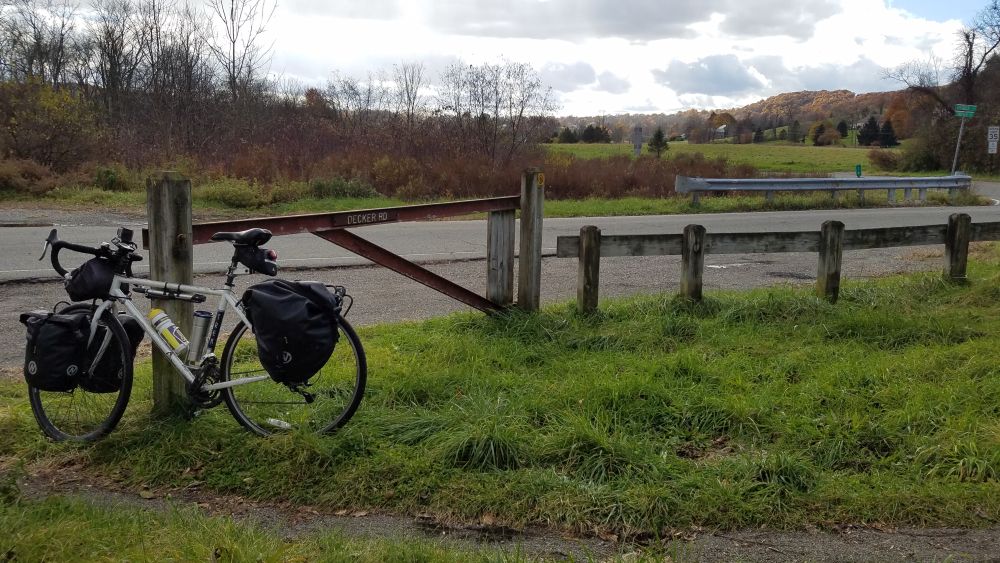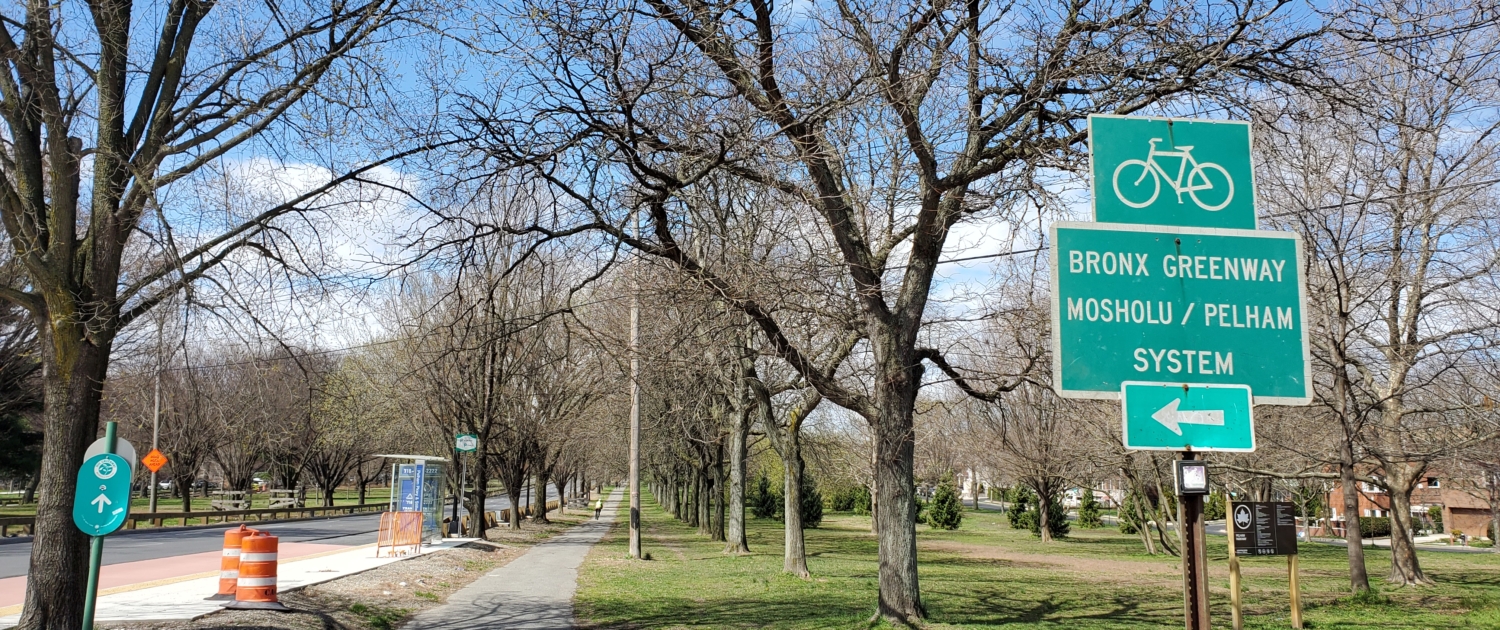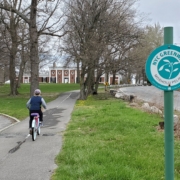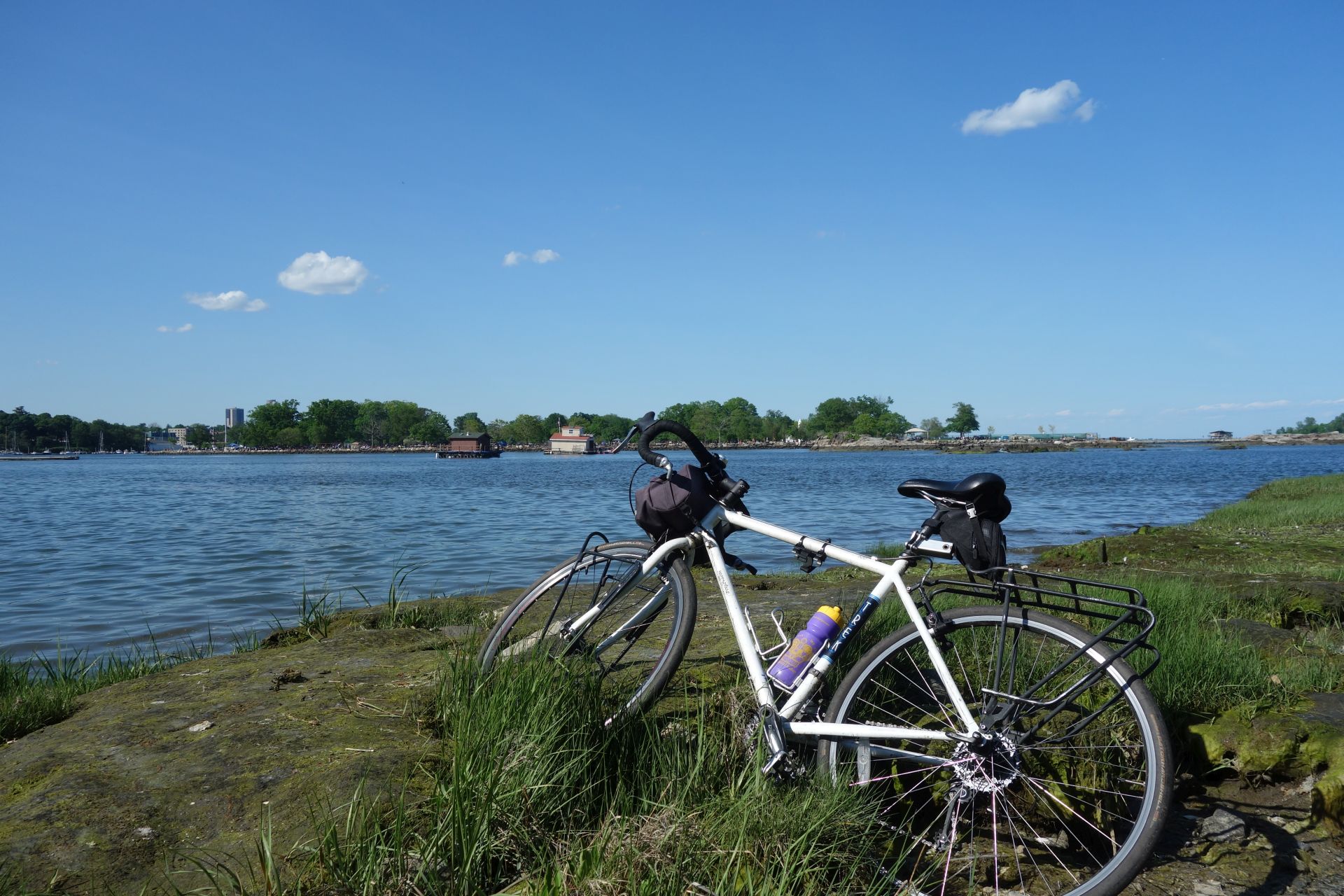Biking the Bronx River Pathway
The Bronx River Pathway is a unique and interesting trail that is big on scenery and fun to ride. It’s also really easy to get to, thanks to frequent train service that parallels the bike path. This makes one-way rides really easy to do.
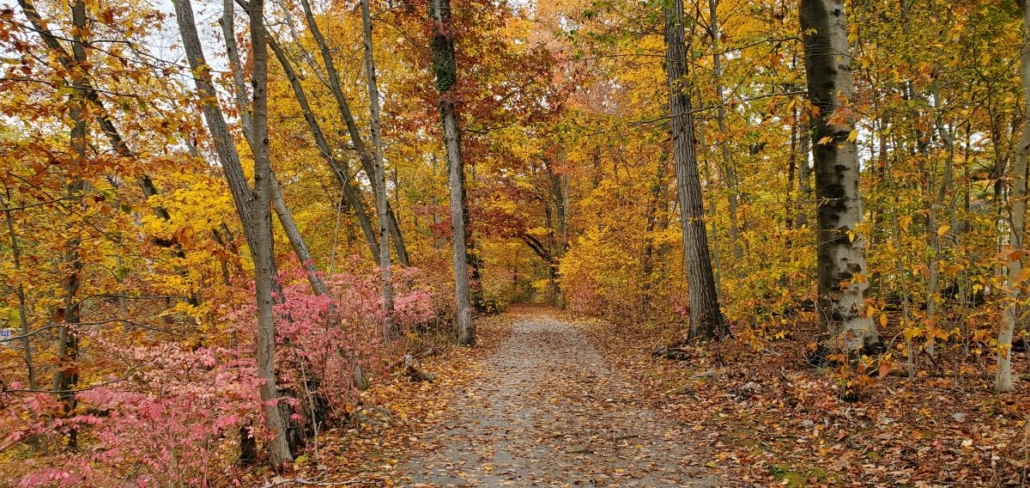
The Bronx River Pathway is beautiful! Especially in autumn.
A unique experience
What makes this path so special is that it was built as a part of the Bronx River Reservation. The Reservation began as a conservation effort in response to industrial development and pollution, but ultimately the Reservation became Westchester County’s first park. The park is associated with the Bronx River Parkway, the first vehicular parkway ever built in the United States.
Riding the Bronx River Pathway on a bicycle is unlike any other bike path we’ve seen in the United States. It snakes through the tight Bronx River Valley, back and forth over the river on historically contextualized bridges. The route is entwined with the route of the Harlem Line, a railroad that has traveled this corridor since the mid 19th Century. Every station along the line is a unique hub of activity, with restaurants and services. In between the path snakes through the woods, occasionally going up and down short (yet challenging) inclines where you are treated to view after view of a vibrant natural environment that changes with the seasons. It’s never a bad time of year to ride your bike here. It’s also a fantastic place to cross country ski whenever we get a snowfall greater than 6 inches.

The Bronx River Pathway crosses the Bronx River many times. Often there are “waterfalls”. These are dams that once powered mills.
The main part of the Bronx River Pathway is an 11-mile stretch that runs between the Village of Bronxville and Kensico Dam Plaza in Valhalla. A smaller segment called the Oak Street Loop is located in Mount Vernon. Click here to see a map. (The Bronx River Greenway also goes for several miles further south in the Bronx. The plan is to ultimately connect everything together.)
Rent a bike and try this ride!
While there are few directional signs along the path, the bike path is (mostly) intuitive. The path also closely follows the Metro-North Harlem Line with direct access to seven train stations, making it perfect for getting to the trail and then back home again. There is also free parking at many of these stations on weekends if you want to drive to the trail. Westchester County Parks has also produced a nice map of this trail showing access points and parking.

North of Scarsdale, the Bronx River Valley narrows and you are right along the river.
Biking the trail
Bronxville and Tuckahoe are villages at the southern end of the trail. The pathway goes around two bucolic lakes (both with “waterfalls”) as you pass near each downtown area.
North of Scarsdale Road in Yonkers, the bike path parallels the section of the Bronx River Parkway that is closed on Sundays in the spring and fall for “Bicycle Sundays”. This is a great experience, where you get to bike in the vehicular roadway. You can really take in how scenic this road is on a bike (since it’s usually “white knuckle driving” in a car)
Want to rent a bike and try out Bicycle Sunday? Click here!
The path goes deep into Garth Woods when you get to Scarsdale. This is a lovely section where you are surrounded by mature trees. A ramp from the trail goes directly to Scarsdale’s train station and commercial area.
Between Hartsdale and White Plains the trail surface becomes unpaved and you go through another quiet natural area. This area is excellent for cross country skiing in the winter.
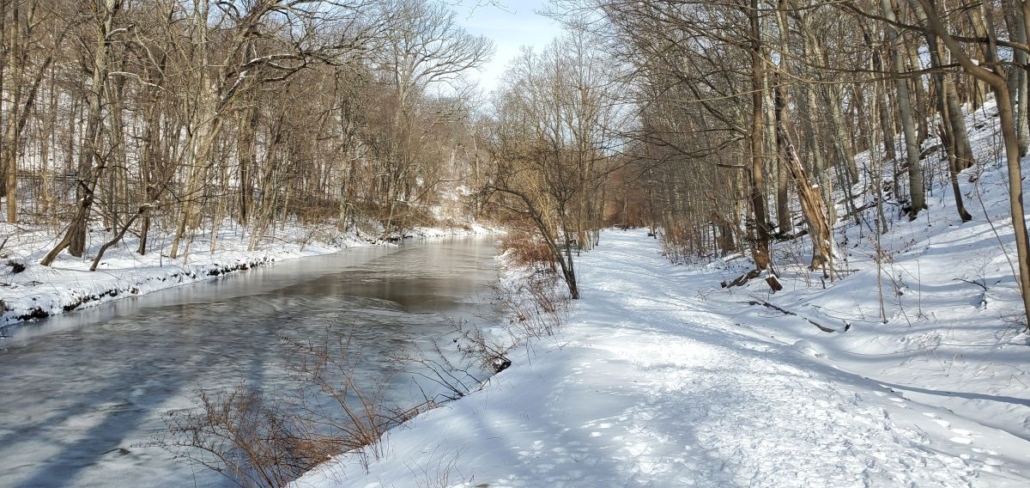
Whatever the season, there’s always reason to enjoy this awesome path. It’s one of the few places for cross country skiing that you can easily get to by train.
So many amenities, so close to a trail.
White Plains is the largest place you will pass through on the pathway. You will begin to notice its skyline as you approach. The train station immediately abuts the pathway and provides express service to Manhattan. White Plains also has a robust downtown with hotels, restaurants and stores. The streets in White Plains are crazy, but there are also several streets with bike lanes that are safe if you know the way. (This is why you want GPS from us). It’s a great place to stay if you are from out of town and looking to explore the area by bike since its so close to such a great bike path!
Part of the experience in White Plains is biking past the Art Deco Westchester County Center. They have restrooms here, but you’ll have to cross the parkway using a pedestrian signal to get to them. You can also park here, but you have to pay a fee.
Rent a bike and try this ride!
As you progress through North White Plains, the landscape opens up more as the valley widens. There is direct access to the North White Plains train station parking lot, which has free parking on weekends.
Ultimately the trail ends at Kensico Dam Plaza, which is a County park located at the base of the imposing Kensico Dam. You can take a pathway (or stairs) to the top of the dam if you want to take a look around. But it’s also nice to just ride around the plaza and see everyone enjoying the park!
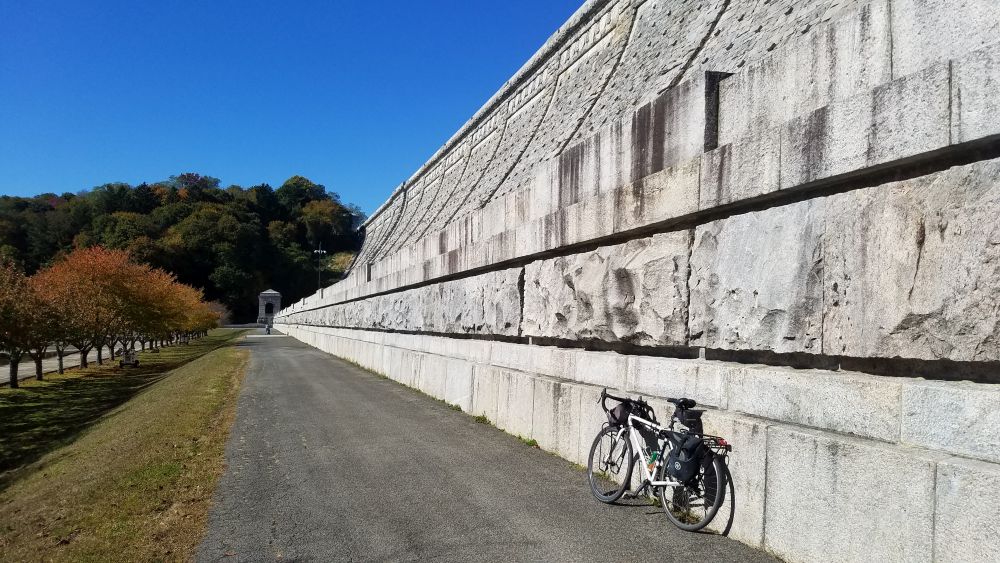
Kensico Dam Plaza is a bold visual finish to your ride.

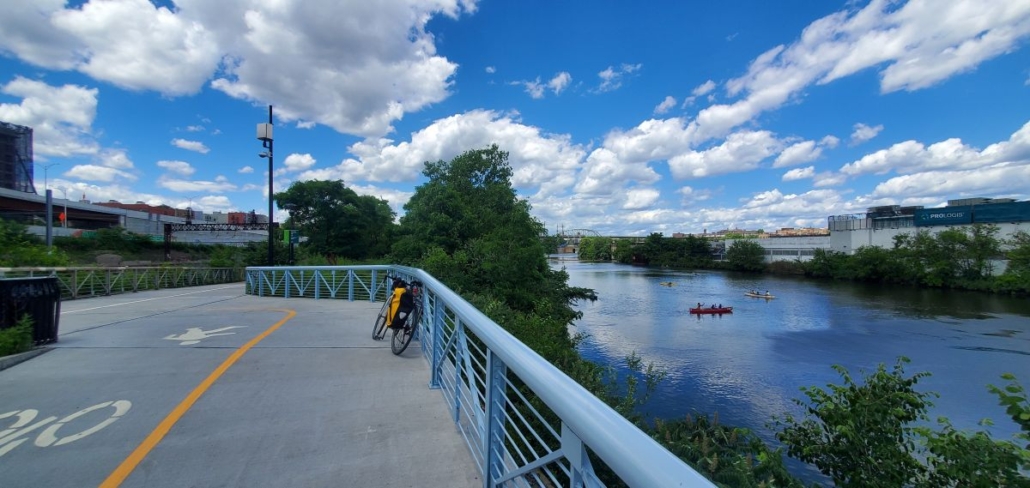

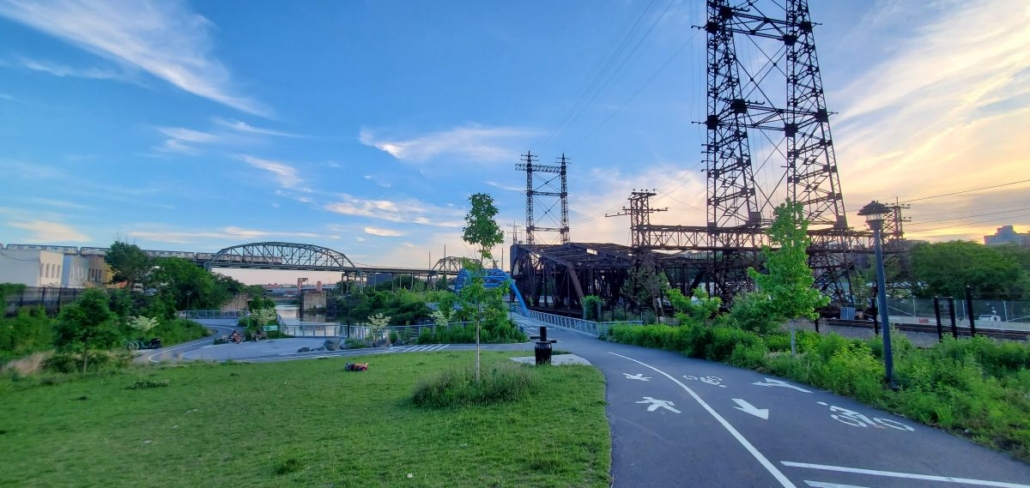
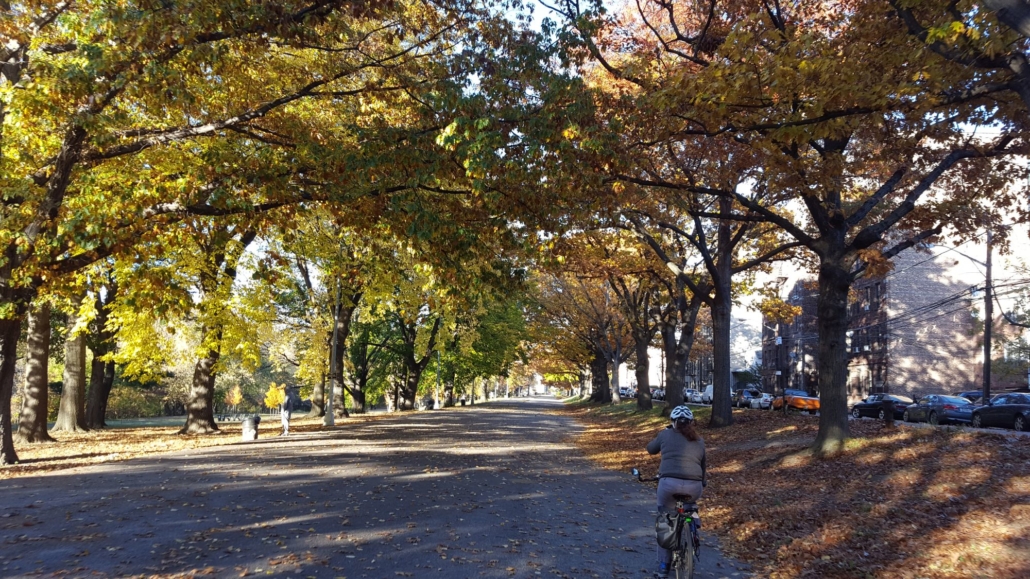
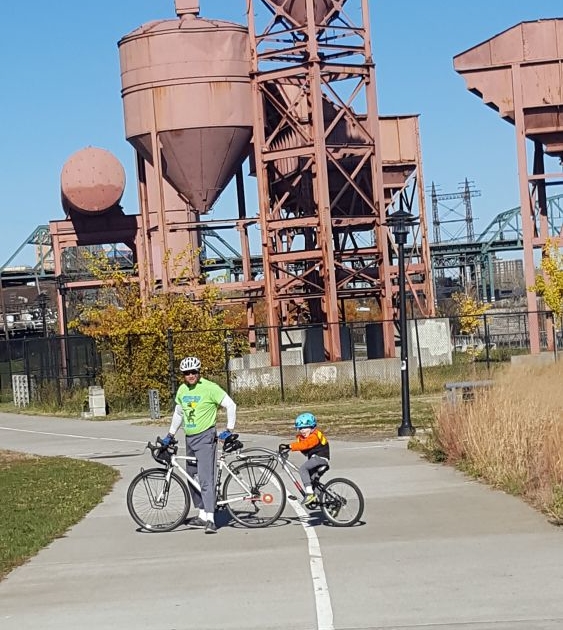
 One of the most spectacular bike paths in the New York Metro Region is the Ocean Parkway Coastal Greenway (or Jones Beach Bike Path) on Long Island which traverses almost the entire length of Jones Beach Island. A major segment of this path was opened this year, and it’s now a continuous 20-mile path between
One of the most spectacular bike paths in the New York Metro Region is the Ocean Parkway Coastal Greenway (or Jones Beach Bike Path) on Long Island which traverses almost the entire length of Jones Beach Island. A major segment of this path was opened this year, and it’s now a continuous 20-mile path between 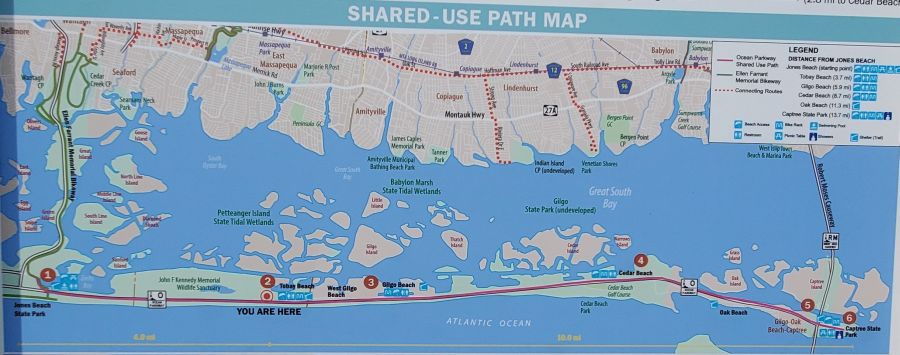
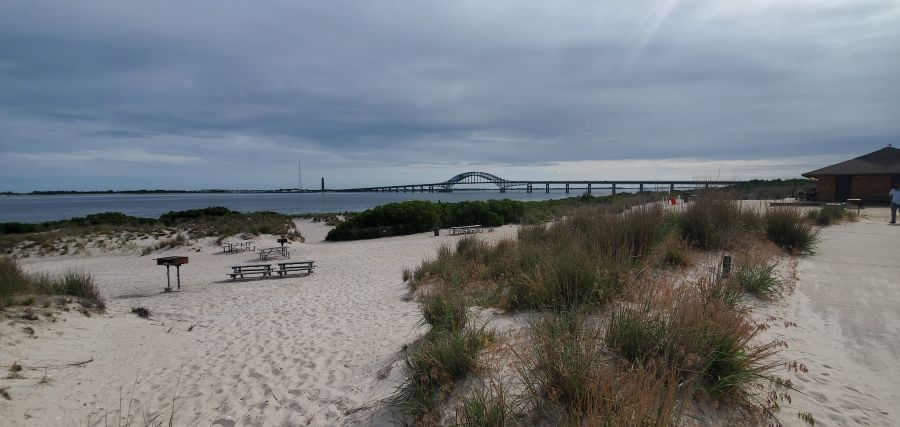
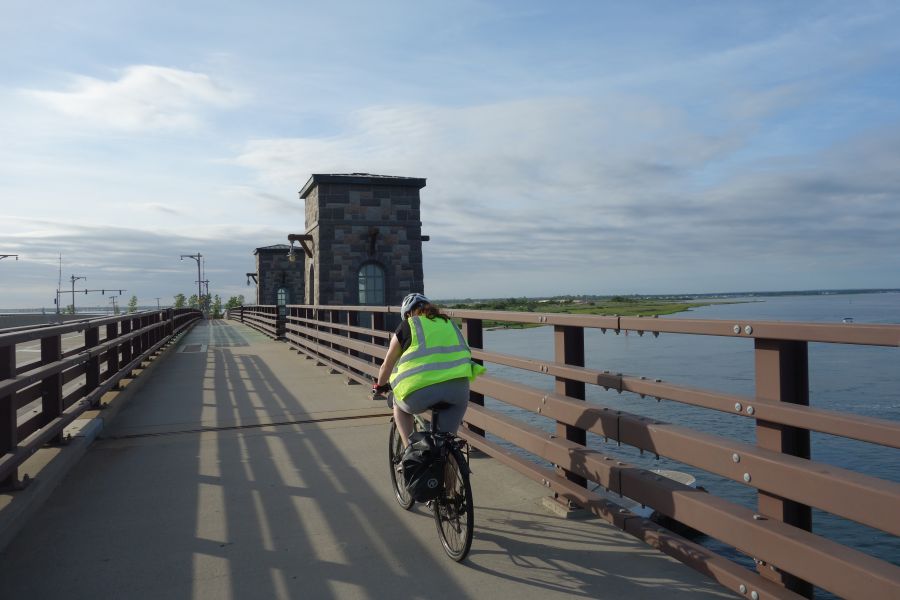
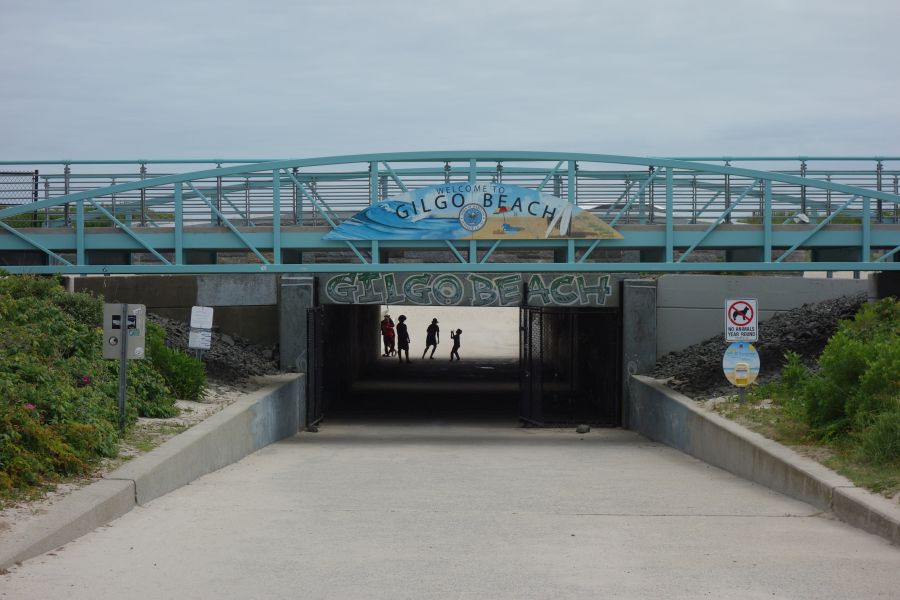
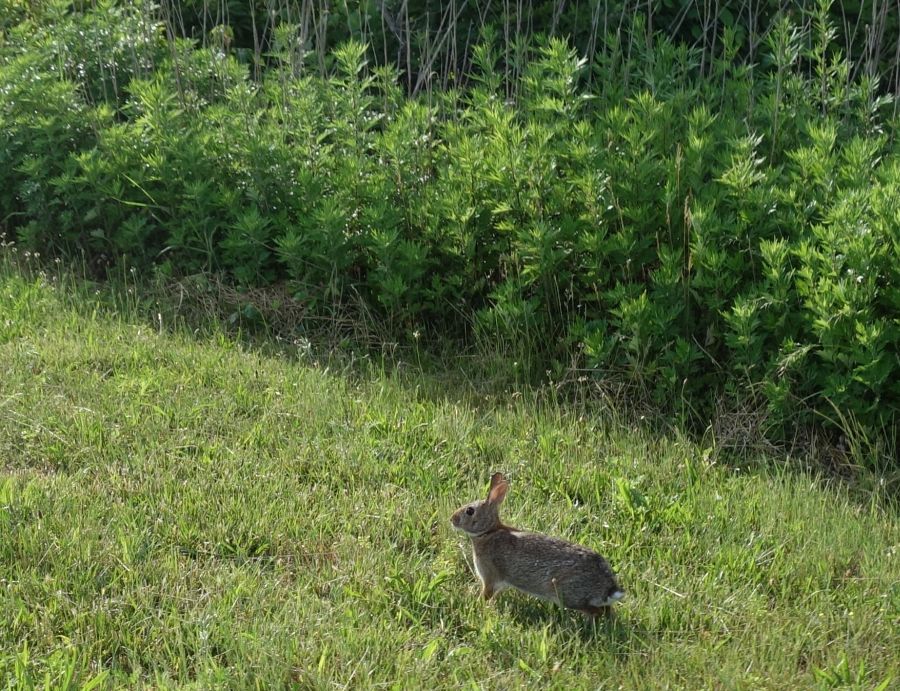
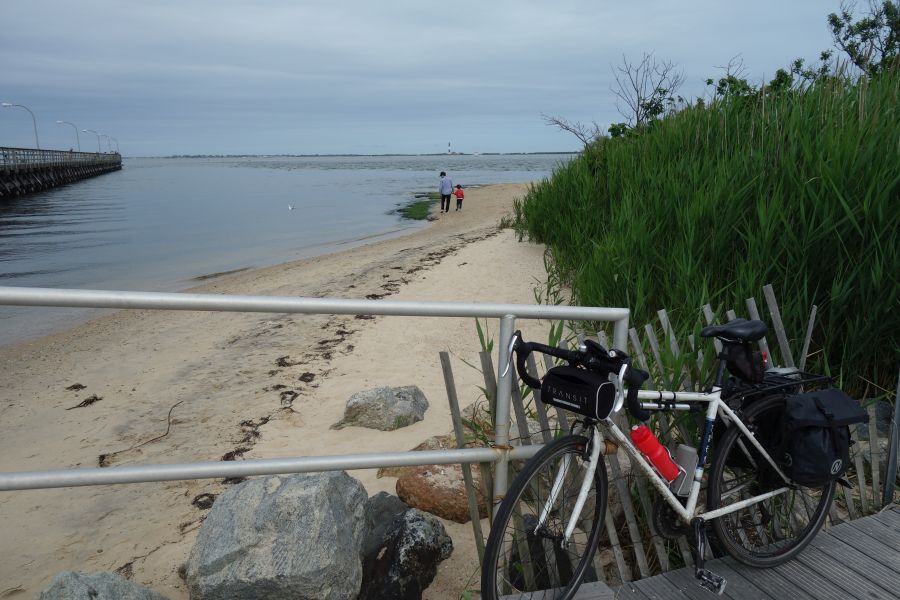
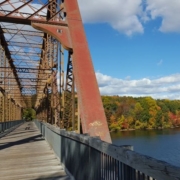
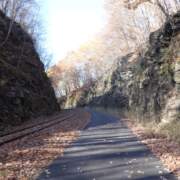
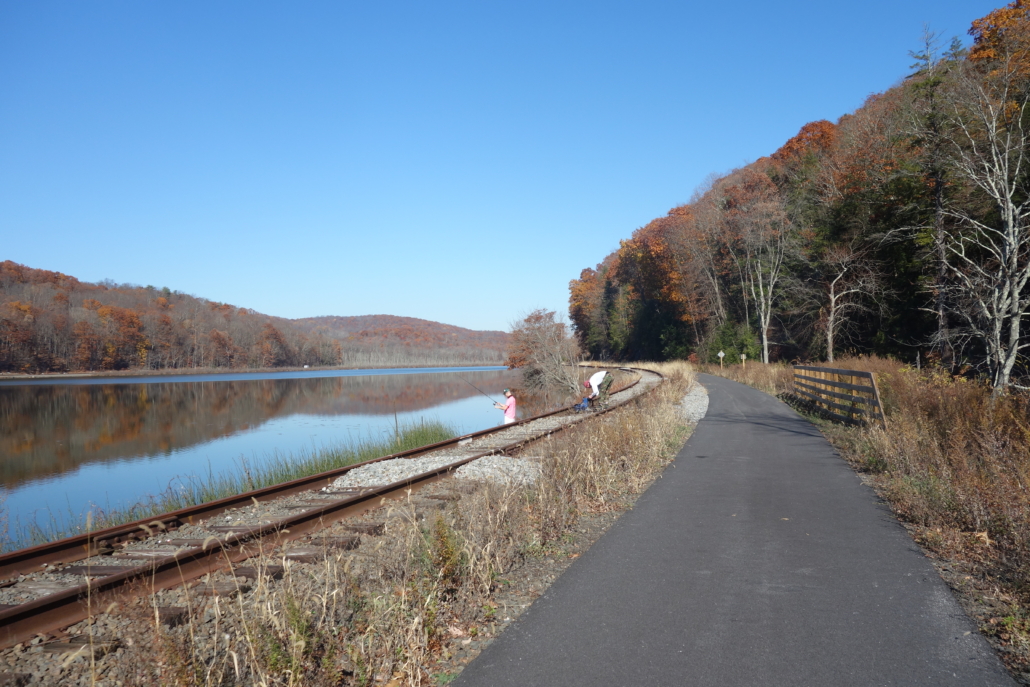
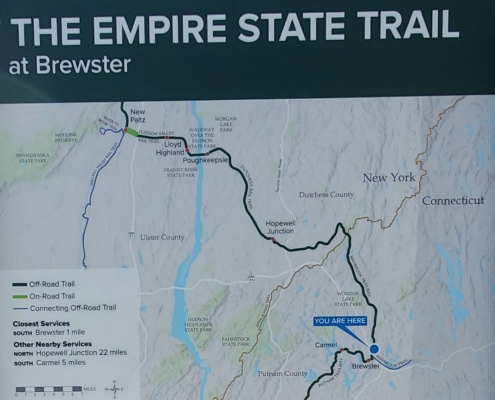
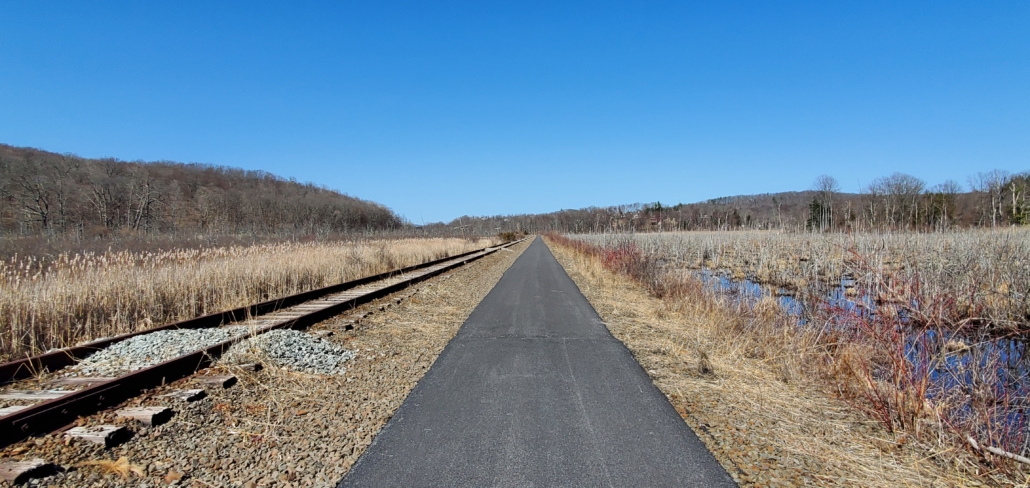


 There’s nothing quite like getting outside on cross country skis after a fresh snowfall. When you can’t get out for a
There’s nothing quite like getting outside on cross country skis after a fresh snowfall. When you can’t get out for a 